Empowering female headed farmer families
The project successfully equipped 69 female and 31 male headed small-scale farmer families, the knowledge and the tools to diversify their incomes, achieve independence and thrive economically. A 5-acre demonstration plot and training farm with a tree nursery was set-up showcasing agroforestry techniques (combining fast growing fodder and firewood trees, fruit trees with crops and or domestic animals). Each farmer received a bicycle and was trained on its basic maintenance and repair. A bicycle powered water pump was designed, produced and distributed to farmers who had received a bicycle. Certain farmers, however, requested a rainwater harvesting system instead of the pump. Farmers were educated, trained and assisted in the shift from subsistence farming to agroforestry but also on and on how to adapt to climate change thanks to climate mitigation agricultural techniques. 5,643 trees were planted (39% fruit and food trees and 61% fertilizer and fodder trees) of which 1,100 at the demonstration farm, 2,793 with smallholder farmers and the remaining trees at schools and health centers. A total area of 28.7 acres of agroforestry gardens were created.
Cycling out of Poverty Foundation Uganda (CooP-Uganda) is a Ugandan charity, registered in 2010. It aims to improve the livelihoods of Ugandan families by making bicycles and other mobility aids accessible and available for everyone in Uganda.
News
Type
Environment / Community DevelopmentDuration
September 2019 - November 2022Location
UgandaWith whom
Cycling out of Poverty - Uganda
Website
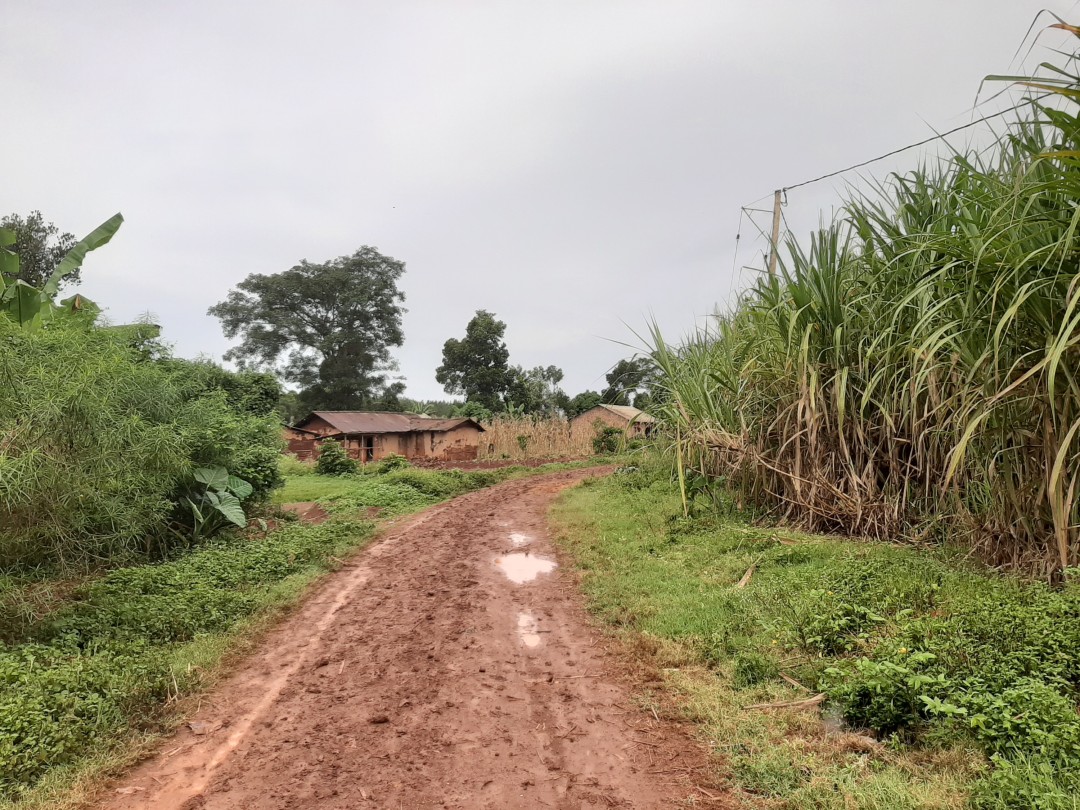
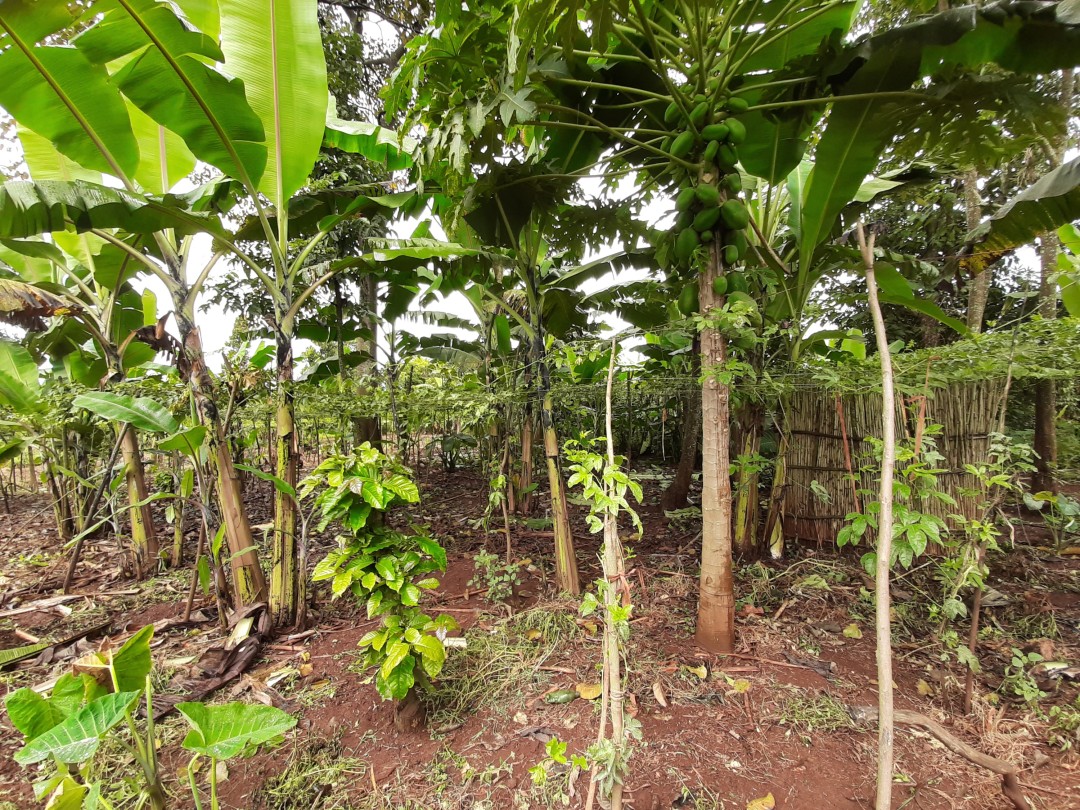

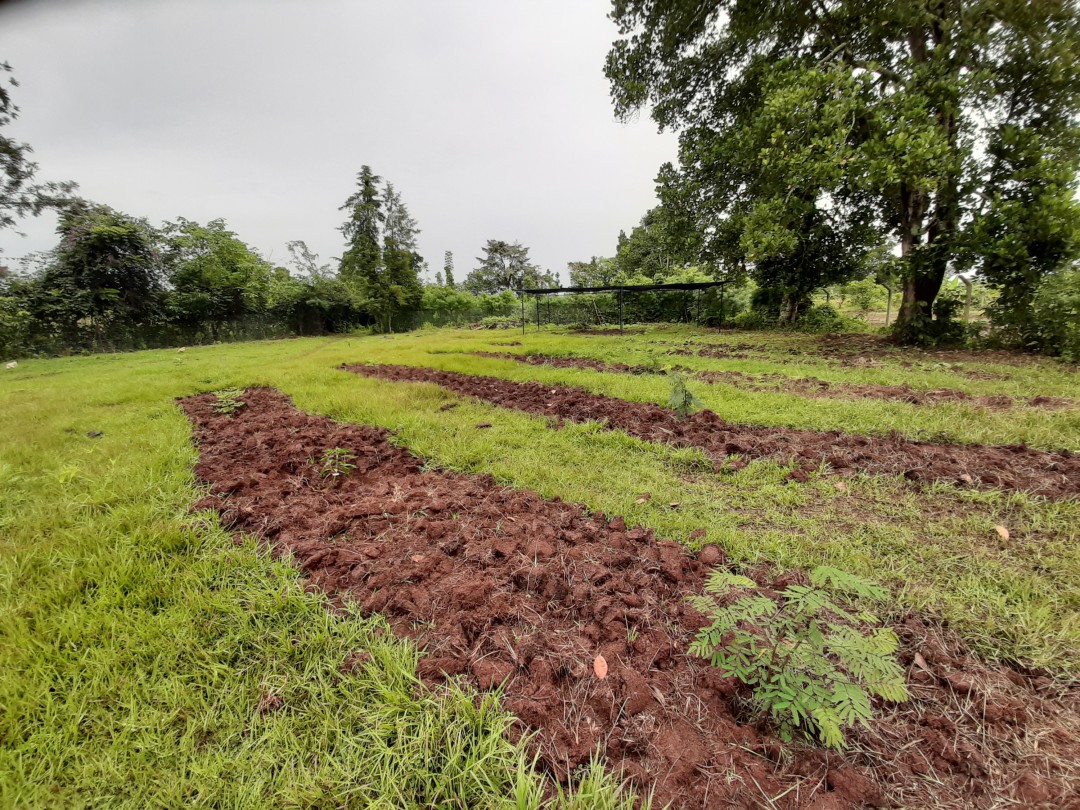

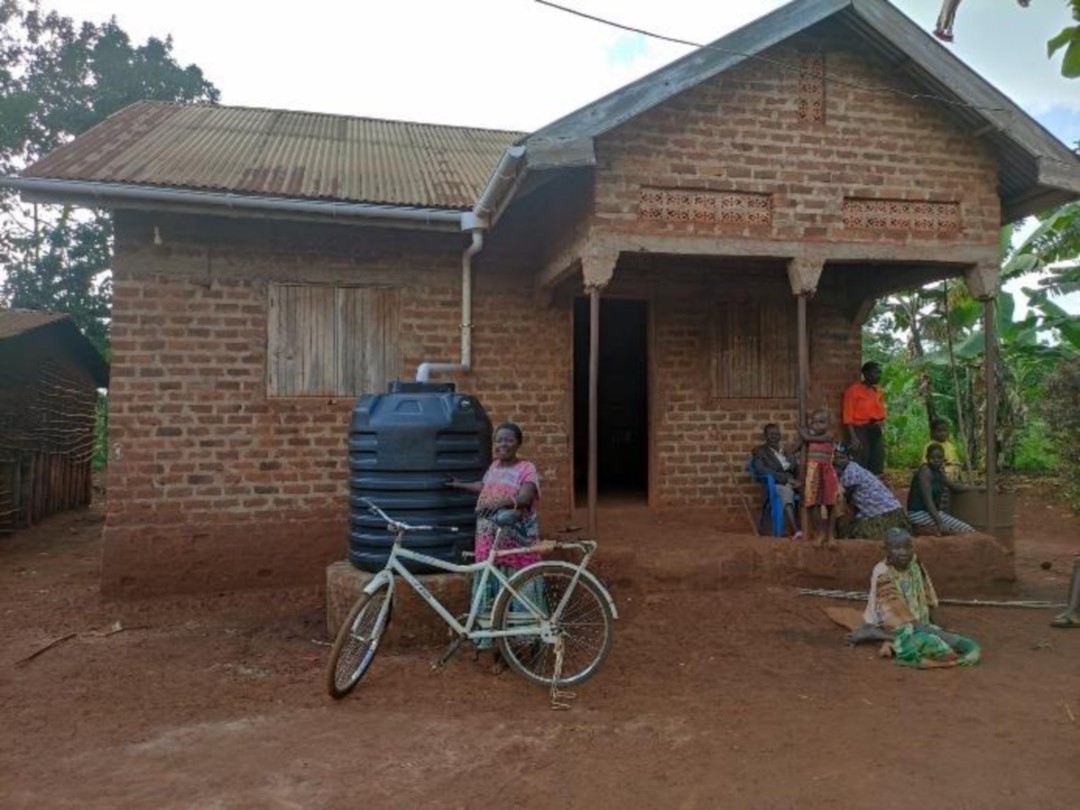
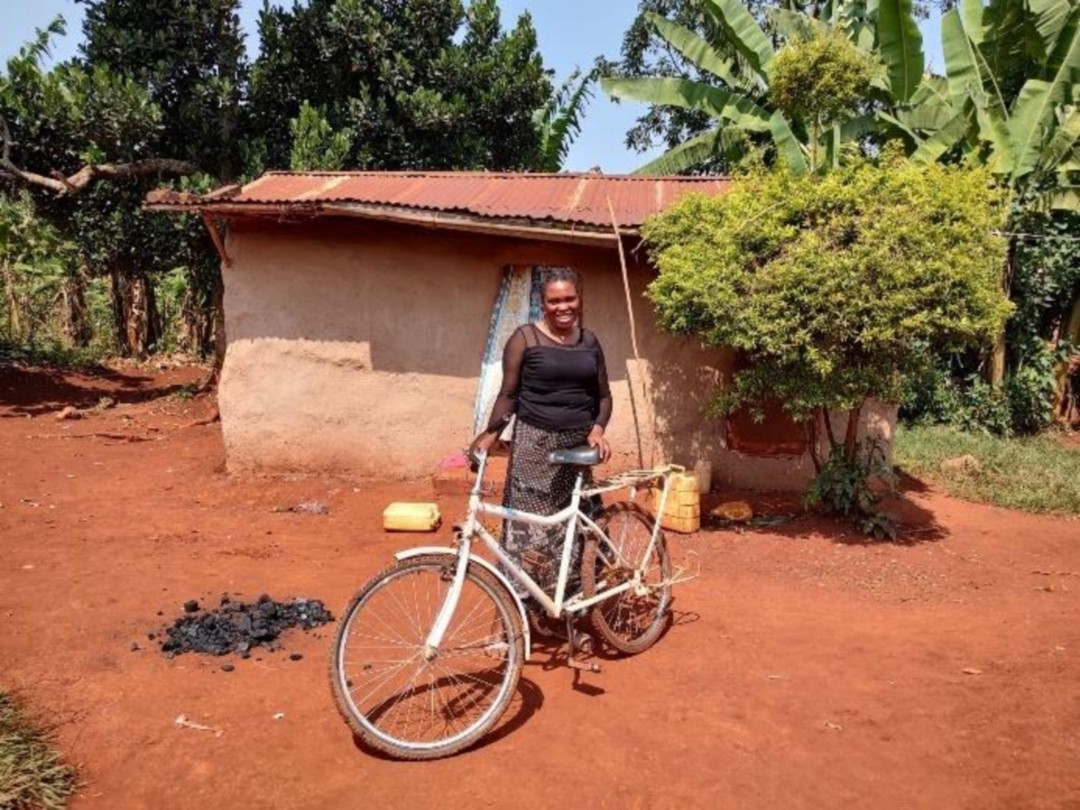

Uganda
Population
42.9 million (2017)
Per Capita Income
USD 600/year (2017)
Poverty rate *
21% (2016)
Literacy rate
70% (2016)
Human Development Index
162nd out of 189 countries (2018)
Uganda’s economy has continued to post strong growth, by many developing country standards. It nevertheless remains a very poor country and far from the middle-income status it aspires to. Although the poverty rate has greatly declined from 39% in 2002 to 19% in 2012, the strong population growth has meant that the absolute number of poor people has remained the same. One in three children has no food to eat during the school day and 27% of children under five are stunted. Agriculture accounts for 25% of the country’s GDP and employs 77% of the adult population. However, the productivity of smallholder farmers remains low due to lack of access to services such as credit and insurance and reliance on traditional farming methods.
Sources: World Food Program, UNICEF, World Bank, 2016 Human Development Report, Human Development Indices and Indicators (2018 Statistical Update)
*The percentage of the population living below the national poverty line.